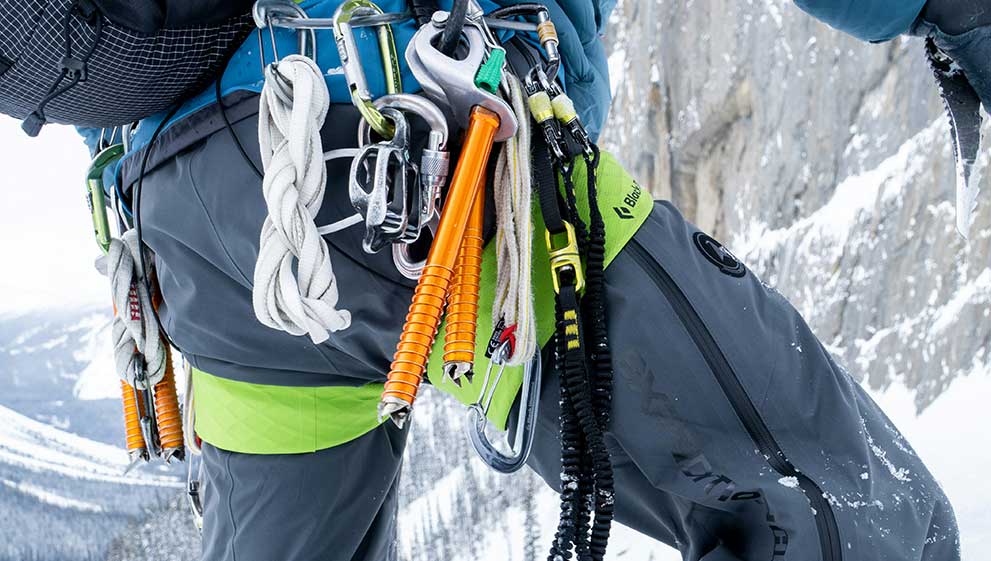Wire gates are simple, non-locking carabiners featuring a gate made from a strong type of stainless steel, specifically martensitic, precipitation hardenable 17Cr-4Ni, with an average diameter of 2.3 mm. They first appeared in the early 1990s, thanks to Black Diamond. Initially, climbers were skeptical because the gate looked like a paperclip, but as with many innovations in climbing gear, wire gates gained popularity for good reason. They are lighter, have stronger gates, and are less prone to accidental openings during a fall because their low inertia reduces the chance of the gate flicking open.
Today, most carabiners used in mountaineering are made from 7000 series aluminium alloys, which are strong, lightweight, and durable. Typically, 7075-T6 aluminium is used for both the body and the gates of the carabiner. The gates are hollow and spring-loaded, with a spring pusher attached at the end. The spring pusher is usually made from stainless steel, regardless of the carabiner's body material. The gate is secured to the carabiner with a stainless steel rivet, and it usually locks into place on the carabiner's nose with a second rivet pin. For locking carabiners, the closure systems are typically made from metal, usually 7075 aluminium, or polymer, often injection molded nylon for push buttons.
Carabiners made from austenitic stainless steel, alloy steels, or micro-alloyed steels containing boron and manganese are used in situations where saving weight isn't the main priority. These materials are better suited for environments where corrosion or wear resistance is more important, such as caving, top roping, or industrial applications.
The use of Stainless Steel in environments like rock climbing shows just how strong and reliable it is. While we don't make stainless steel wire gates, or carabinas we do think that climbing is an ascent-sational hobby.
